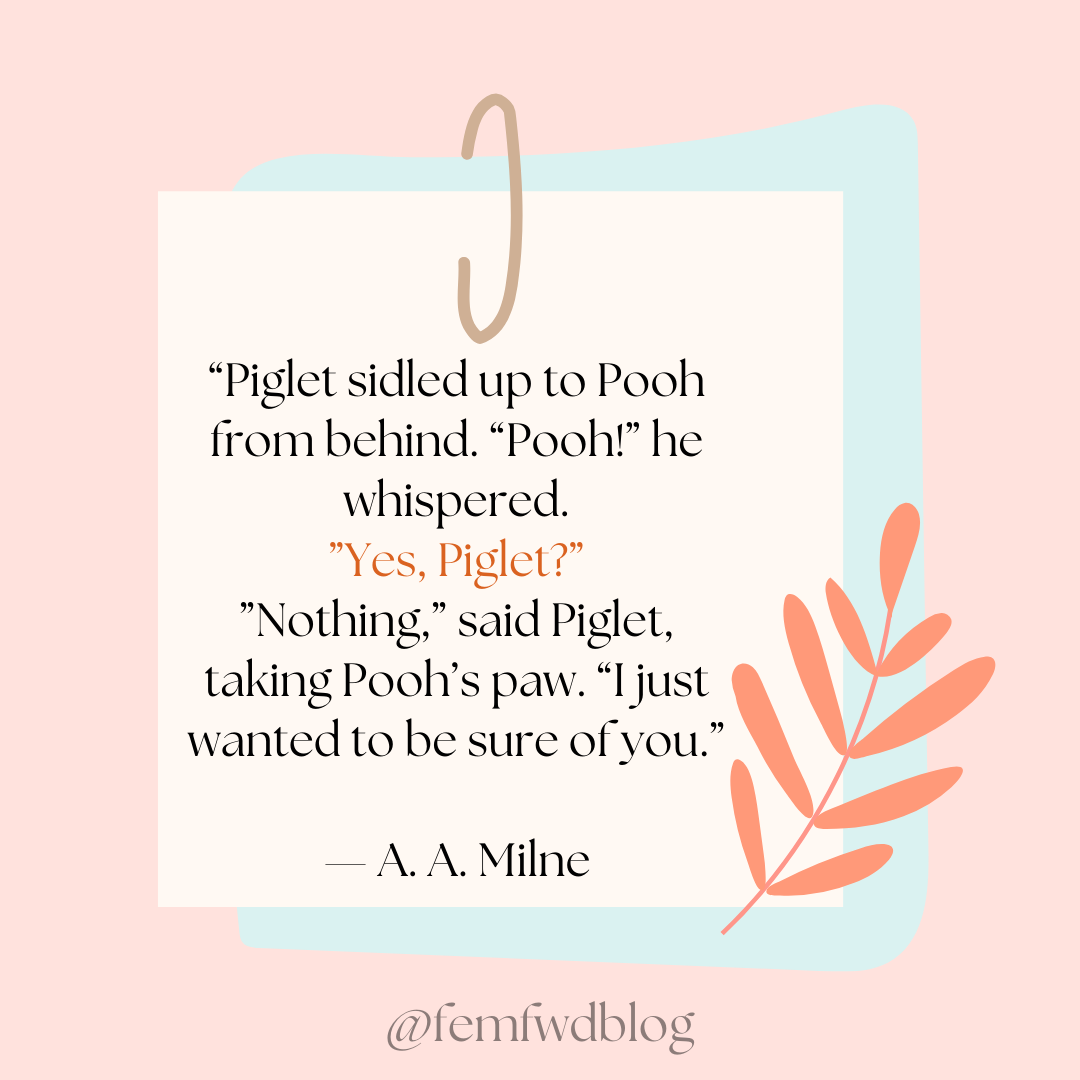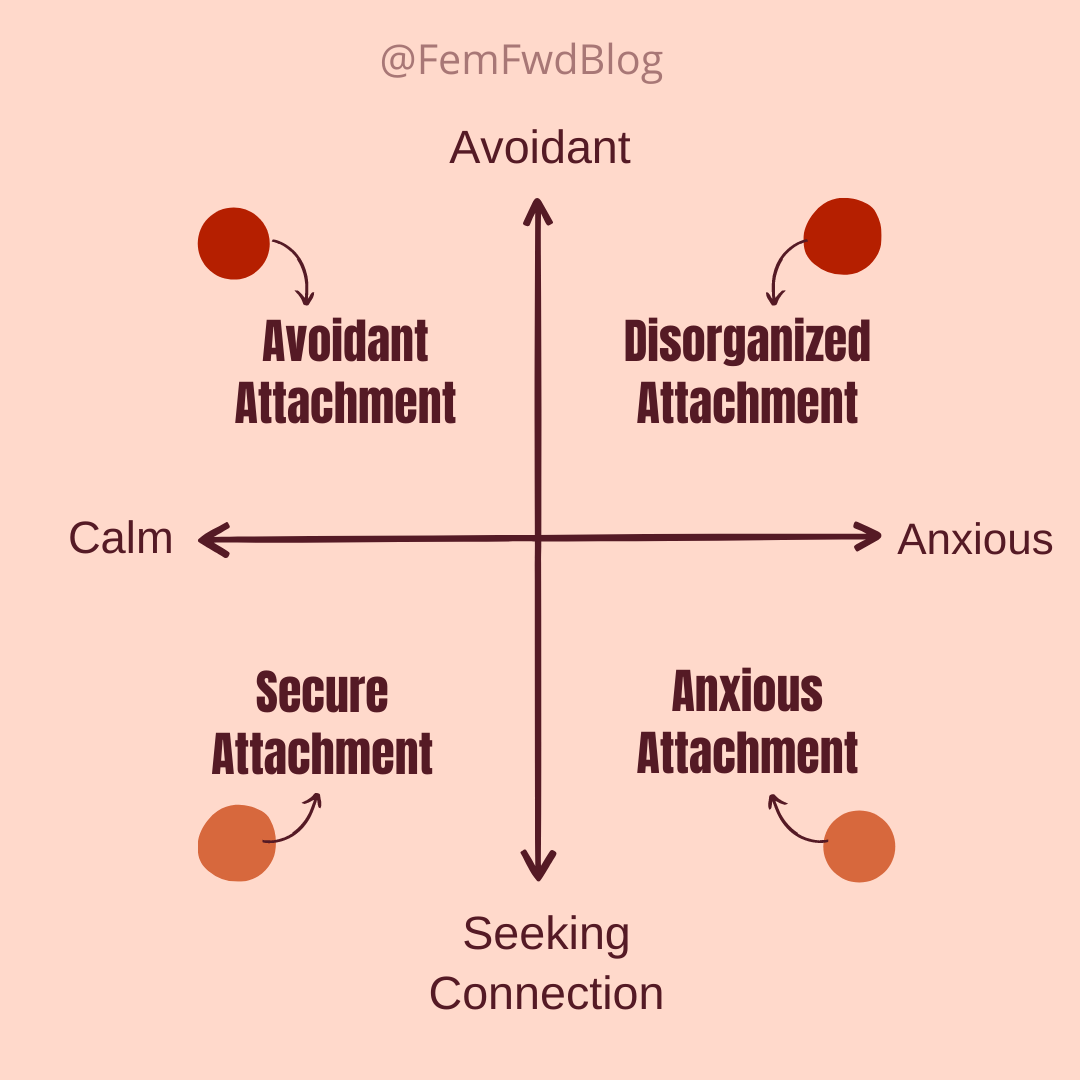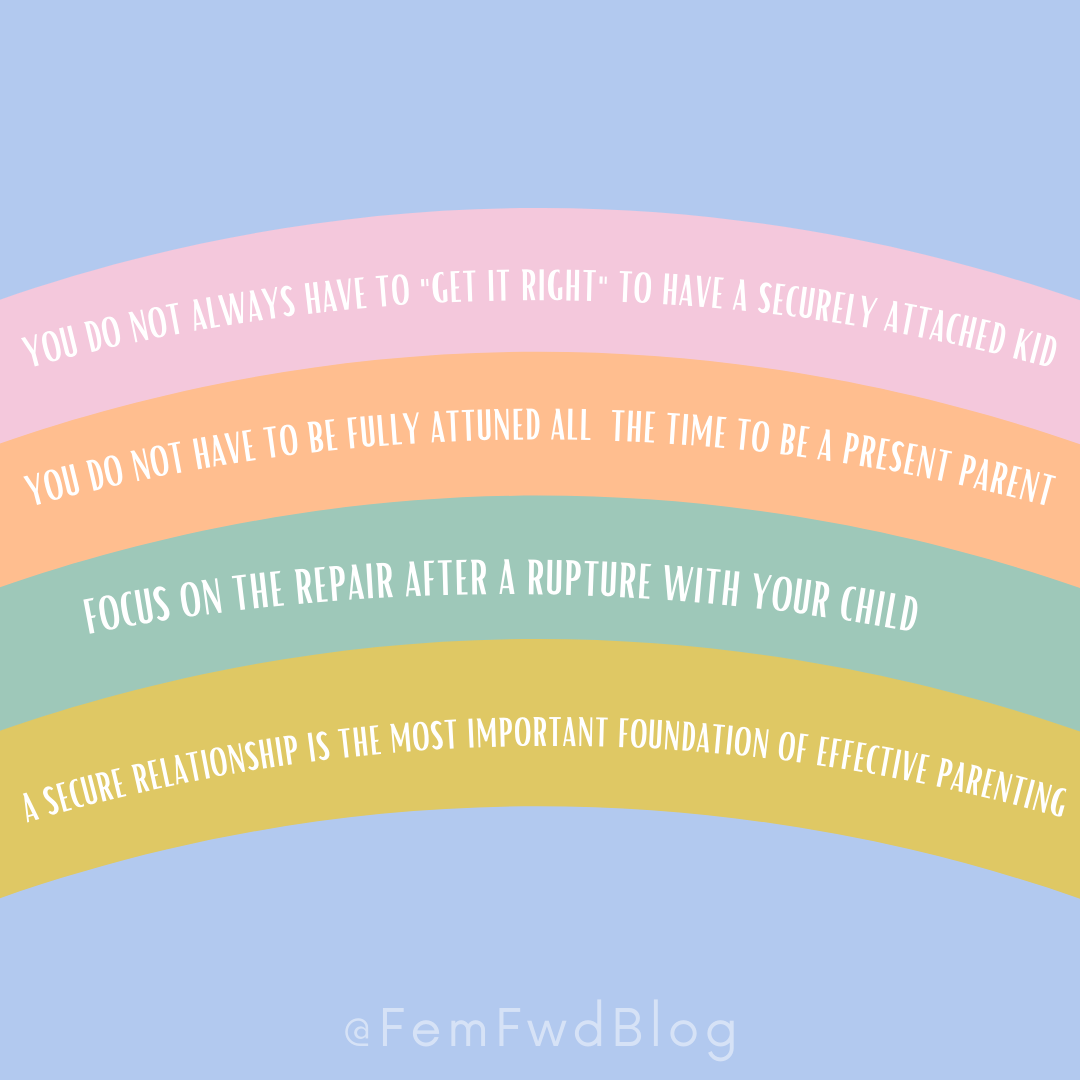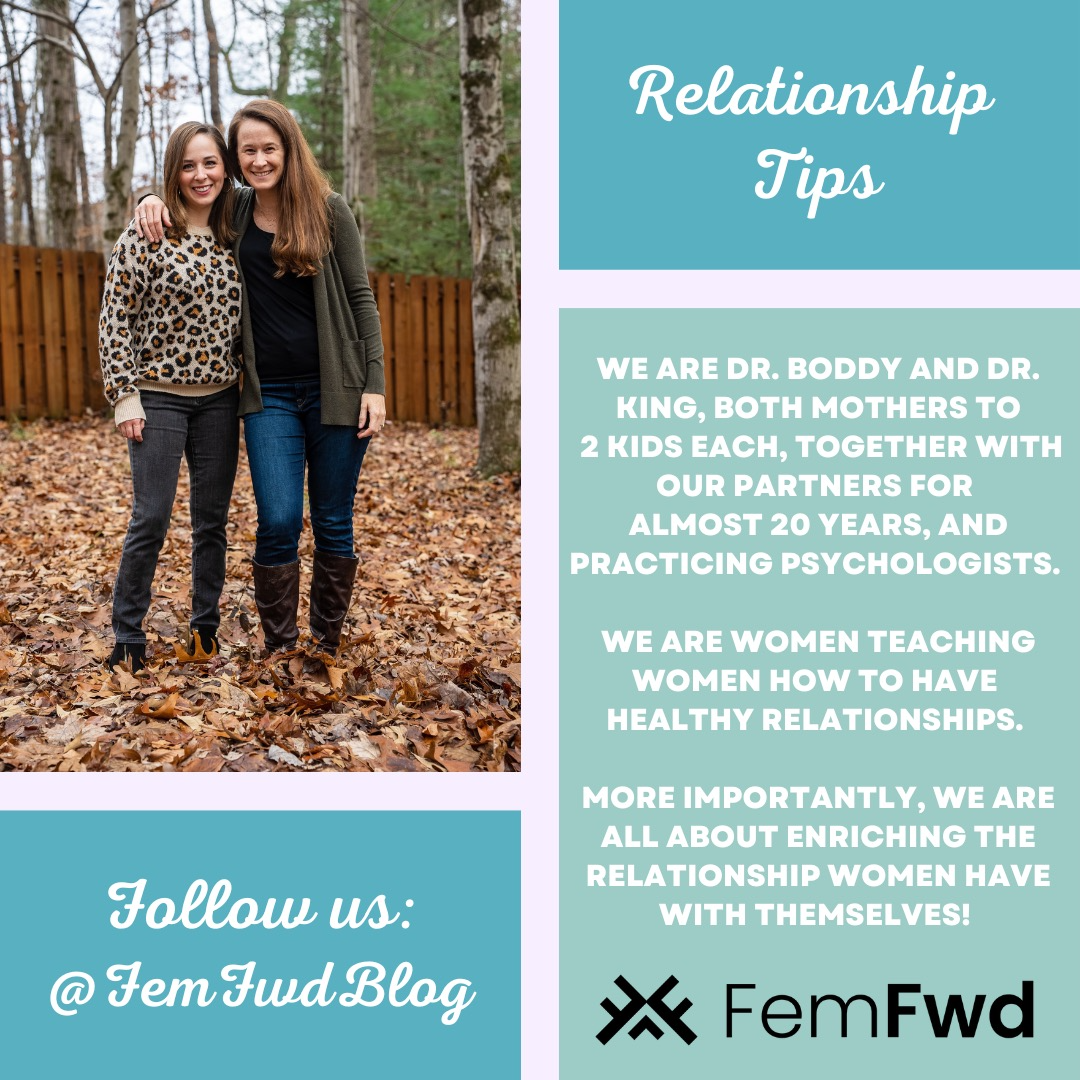Why do I have attachment issues? How does my attachment style affect my relationships?
As a therapist, I sit with all kinds of people going through all sorts of transitions. One of the biggest transitions for people is the transition from having no children to parenthood. Often times, I have the privilege of seeing my client’s through their pregnancy, adoption proceedings, etc. A common theme that emerges is discussion about how they want to do it differently than their parents. It’s this urge to really “get it right.”
What’s this theme about? First, I think there is a moment of recognition of the magnitude of what is about to happen, of how their life is about to change and of the immense responsibility this brings. Secondly and most important for this article, becoming a parent really taps into the ways in which our needs were not met when we were children. It awakens our own attachment wounds. And sometimes, this is the first time we are becoming aware of what we needed and didn’t get. Sometimes its the first time we are becoming aware of the ways in which we feel our parents let us down or left us ill-prepared.
Attachment meaning: What is attachment?
Simply put, attachment is the emotional bond created between a parent and their child. This has its roots in the fact that an infant fundamentally needs this bond in order to survive. Emotional attunement lays the groundwork for attachment. Emotional attunement is the ability to “tune in” to another’s emotional state. It is the ability to recognize, understand and respond to emotional needs.
The ideal attachment relationship is a secure one. It is one where the parent is attuned to the “inner world” of their child. They are tuned into their feelings, their physiological cues (i.e., hunger, sleepiness, etc.) and their thought processes. Let’s take a pause here.
How did you experience your parent as a child?
Were your caregivers attuned to your feelings?
Were your caregivers attuned to your needs?
Can you remember a shift in their level of attunement surrounding a major life event/change?
The idea is that our earliest attachment experiences with our caregivers forms our template (i.e., Internal Working Model) for relationships as we move through the world. So, we carry this template forward into our future relationships. It helps to determine whether or not we experience relationships as safe, reliable, and worthwhile.
What are the Attachment Styles?
Secure attachment style
Caregiver behavior: The parent is attuned and consistently is able to meet their child’s need. These parents are equally skilled at soothing their child, as they are at supporting calm. The parents serve as a “secure base” so the child knows they can go off and explore the world and the parents will be there for them when they return.
Resulting relationship template for the child: “I can generally trust other people and that they will be there for me.”
Want to raise securely attached kids? Check out our workshops on parenting.
Avoidant attachment style
*may also be referred to as dismissive attachment
Caregiver behavior: This is created by the parent only meeting the very basic needs. They are often unable to meet higher level emotional needs.
Resulting relationship template for the child: “I must diminish my own emotional needs and keep an emotional distance from other’s so that I can remain safe.”
Anxious attachment style
Caregiver behavior: The caregiver is inconsistent. Sometimes they are available and attuned and sometimes they are very much not available and misattuned. A caregiver with this style may also look for the child to meet their emotional needs, even if they are unaware of this pattern.
Resulting relationship template for the child: “It essential to be hypervigilant in order to get my needs met.” They may have sense of insecurity about whether or not their needs will even be able to met in relationships. May present as clingy in adult relationships.
Disorganized attachment style
Caregiver behavior: The caregiver is unpredictable and maybe even scary.
Resulting relationship template for the child: “People are scary and will hurt me and I also desperately need them.”
You will sometimes hear the term “insecure attachment style” and this is an all encompassing terms that refers to Avoidant/Dismissive, Anxious/Preoccupied, and Disorganized attachment styles.
*Mary Ainsworth and John Bowlby are the founders of much of this attachment research and of attachment theory.
Self Reflection
As you read about these attachment styles…
Does any of this sound like your caregiver(s)?
Any of the resulting templates sound a little bit like you?
Before you start sounding the alarm that because of your parents you are forever “ruined”, hold the phone! While childhood attachment styles can be good predictors of adult attachment styles and useful predictors of our attachment style with our children, this is NOT set in stone. I repeat, this is NOT set in stone. The brain is amazing and malleable. We can affect our attachment styles through having corrective, healthy relationships with other people and by doing the hard work of processing, understanding, and integrating how our childhoods negatively impacted us. Knowledge is power, should we choose to use it wisely!
Why do I have attachment issues?
Since emotional attunement is the key component in attachment, factors that reduce attunement (less able to read and respond to child’s cues) have the potential to interfere with the quality of attachment we have with our parents. Of course, those same variables are at play with our own children. Adverse childhood experiences (ACE) can significantly interfere with attunement and therefore, our attachment to our caregiver. Click here to take the ACE’s survey, as it may give you an idea of how attachment may have been disrupted in your childhood home. Of course, this is not an all inclusive list. There are plenty of things that impact attunement, one of which is your parents own attachment style and outside stressors.
What is my attachment style? Why it is important to understand our own attachment style?
It matters because it affects how we show up in adult relationships and it affects our overall satisfaction in those relationships. Research indicates that our attachment style with our parents is a significant predictor of our attachment style with our own children. So, it follows, that it is also related to many aspects of parenting. So let’s break it down. A secure attachment promotes more positive parenting practices, such as an increase in responsiveness, ability to be supportive, and sensitivity to our child. Whereas, as avoidant attachment styles is more likely to predict less responsiveness, less support, and less sensitivity. The less secure the attachment, the more conflict in the home and less consistency in parental behavior toward their child. It is also really important to note that an anxious or avoidant attachment style makes parenting significantly more stressful, according to parents!
What is my attachment style?
You may have a clue into your attachment style based on the descriptions above or based on your insight into current/past relationships. There are also handy measures that you can take to help get a more in-depth read into your style. Click here to learn more about the various surveys/measures available to you.
They have found parallel attachment styles in adults to those in childhood. Pay attention if your attachment style had changed from childhood to adulthood.
Adult Attachment Styles
Secure attachment style
Cultivate and maintain close relationships. They are able to express their emotions openly. They can depend on others and others see them as reliable. A securely attached adult is likely to respond positively to this type of statement…
“I feel comfortable depending on other adults and I can also provide support to others.”
Avoidant attachment style
Avoid emotional closeness and present as if they don’t need anyone. An adult with this attachment style might agree with this type of statement…
“I have a hard time trusting people completely and it’s difficult for me to depend on others.”
Anxious attachment style
Value their relationships and may be concerned important people will leave or abandon them. An adult with this attachment style may agree with the following statement…
“I worry about not being loved. I am so unlovable.”
Disorganized attachment style
Typically are not skilled at emotion regulation. Want relationships, but are also terrified of them.
Our attachment styles also affects our relationship with our partner. Check out the workshop below on how to improve your relationship with your partner.
How to create a secure attachment with kid
Handle your past. While you did not cause it, it is our responsibility as adult to fix. Fixing it means to go through the muck and mire. It means to wade through the heavy feelings. It means to mourn for what little you didn’t get and the ways in which that was hard and is hard. Processing leads to freedom from the weight of it all. Find a good therapist!
Once you handle your past (which is likely an ongoing process) you can then bring awareness to your relationship patterns that are rooted in insecure attachment stuff. For example, you may notice that when your kids says something hateful you personalize the words and feel that they really don’t love you anymore. While it’s not nice for kids to say hateful things, it’s usually because they don’t know how else to express it, and not because they don’t love you or because you’re an inadequate parent. Start to notice when what’s happening in the moment is actually jarring because of a deep attachment wound.
Choose to break the pattern in the moment through your words and actions or revisit it after the fact. If you are too activated in the moment you might not be able to do the dance differently (especially if your early in the process) and that’s OK. Go back to it later. Apologize. Make amends. Say aloud how you would have liked to have handled that moment and make a point to do it that way in the future.
You don't have to be perfect to have a securely attached kid. Some parents worry that they can’t be constantly attuned, constantly available, and constantly “get it right.” What’s awesome is constant or always isn’t necessary. In fact, research shows that even within a secure attachment, parents are only attuned to their baby about 30% of the time! So what kids are needing is a generalized pattern of behavior and responsiveness that suggests reliability and security. The second and equally as important part is that when a mismatch or lack of attunement occurs, we need to come back and repair. We need to return to the interaction and show up for our kid. So we are looking for a balance- overattunement can create a kid unable to cope with distress and underattunement can create a kid that feels unloved and unsafe in relationships.
Relationship Advice For Women
As always, thanks for reading! We are all about teaching people, especially women, who to have more satisfying relationships. Sign up for our newsletter to receive our newest blogs right to your inbox!





